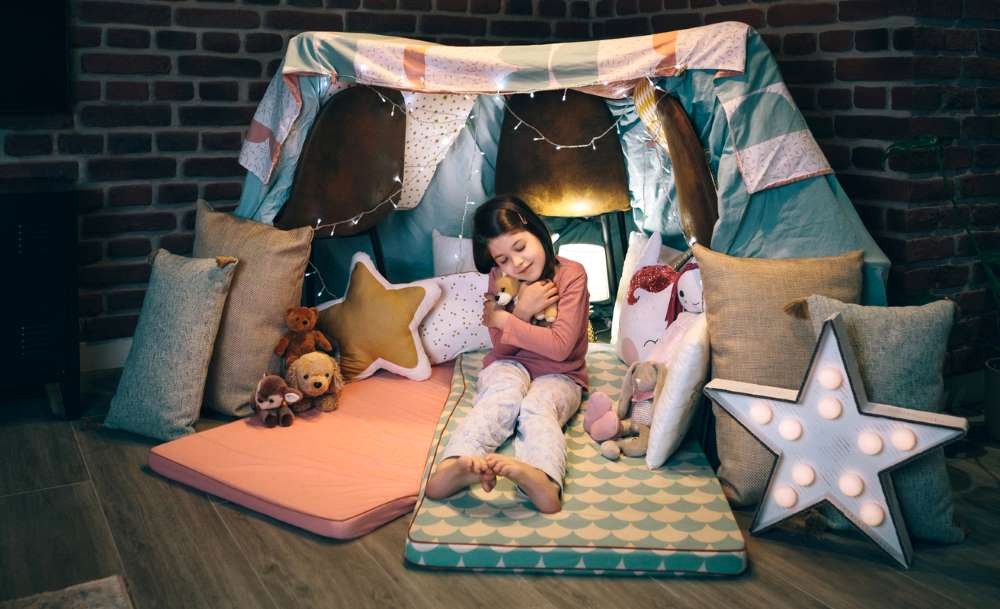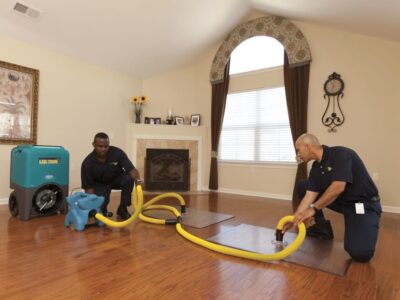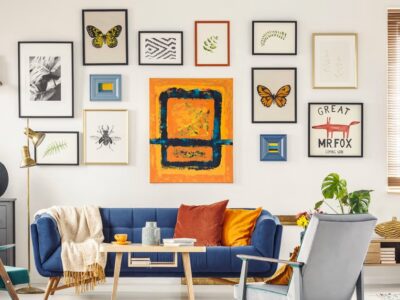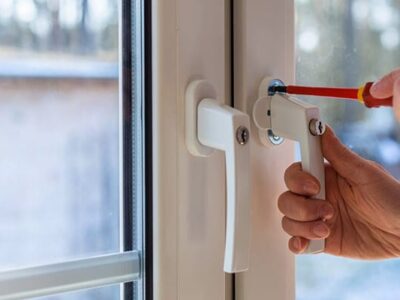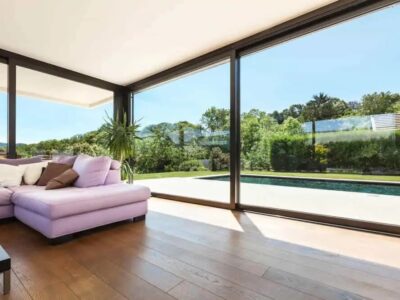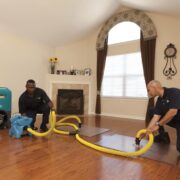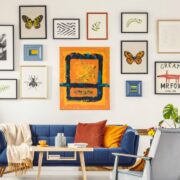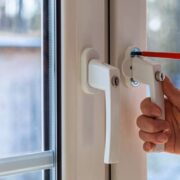As parents, we all strive to create a warm, safe, and nurturing environment for our children. Our homes play a crucial role in shaping our children’s lives and can have a lasting impact on their development and well-being. From physical safety to educational opportunities, the design and organization of our homes can play a big part in fostering a positive and growth-enhancing environment for our children.
In this article, we will provide a comprehensive guide for parents who are looking to create a child-friendly home that meets the unique needs and interests of their little ones. Whether you are looking to make the bedroom interior design safer or make your home more fun for your children, you will find valuable tips and tricks to help you achieve your goals.
01 of 05 Making your home safe
The safety of your children should always be your top priority. When it comes to creating a child-friendly bedroom interior design, you should check for potential hazards and take steps to eliminate them. This can include inspecting your home for loose electrical wires, sharp corners on furniture, toxic household chemicals, and other hazards that could pose a danger to your children.
In addition to eliminating hazards, you can also take steps to make your home safer by investing in safety equipment and tools, such as safety gates, outlet covers, and cabinet locks. These simple and affordable solutions can give you peace of mind and help you keep your children safe and protected.
02 of 05 Designing a space for play
Play is an essential aspect of childhood, and having a dedicated play area in your home can provide your children with the freedom and space they need to be creative and have fun. Whether you choose to create a playroom, a play corner, or a play nook, you should choose furniture and toys that cater to your children’s interests and encourage them to be imaginative, adventurous, and playful.
When designing a play area in the child’s bedroom interior design or some other place, consider incorporating elements that will stimulate your children’s senses, such as bright colours, fun patterns, and soft textures. You can also add educational elements to your play area, such as books, puzzles, and games that will help your children learn and grow.
03 of 05 Encouraging learning through decor
The children’s bedroom interior design can be a powerful tool for education. Incorporating educational elements into your décor can help your children learn and grow in new and exciting ways. From maps and clocks to posters and wall art, there are many ways to bring educational opportunities into your home and create a fun and stimulating environment for your children.
When choosing décor for your child-friendly bedroom interior design or living room, consider incorporating bright and cheerful colours and patterns that will help to create a positive and uplifting atmosphere. You can also use lighting to create different moods and effects, such as using soft lighting for relaxing and cosy moments or bright lighting for reading and learning.
04 of 05 Organizing your home for easy access
A cluttered and disorganized home can make it difficult for children to play and learn, and can also create stress and frustration for parents. By organizing your home in a way that makes it easy for your children to access the things they need, you can help to reduce stress, foster independence, and encourage learning and exploration.
Consider using storage containers, shelving, and baskets to keep your home organized and within reach of your children. You can also colour-code your storage containers and use labels to help your children identify and locate the items they need quickly and easily. A customised children’s wardrobe can be beneficial as well.
05 of 05 Maximizing space for growth and development
As children grow and develop, their needs and interests change. It’s important to make sure that your home can adapt to these changes so that your children have the space and resources they need to reach their full potential.
One way to maximize space is by incorporating multi-functional furniture, such as a daybed or a trundle bed, that can be used for lounging, sleeping, and playing. You can also use modular furniture, such as a sectional sofa, a children’s wardrobe, or a modular storage system, to create versatile and adaptable spaces that can change and grow with your children.
Another way to maximize space is by creating zones within your home that cater to different activities, such as a reading area, a craft area, or a music area. This can help your children focus and concentrate on specific activities, and will also encourage them to develop their interests and skills.

